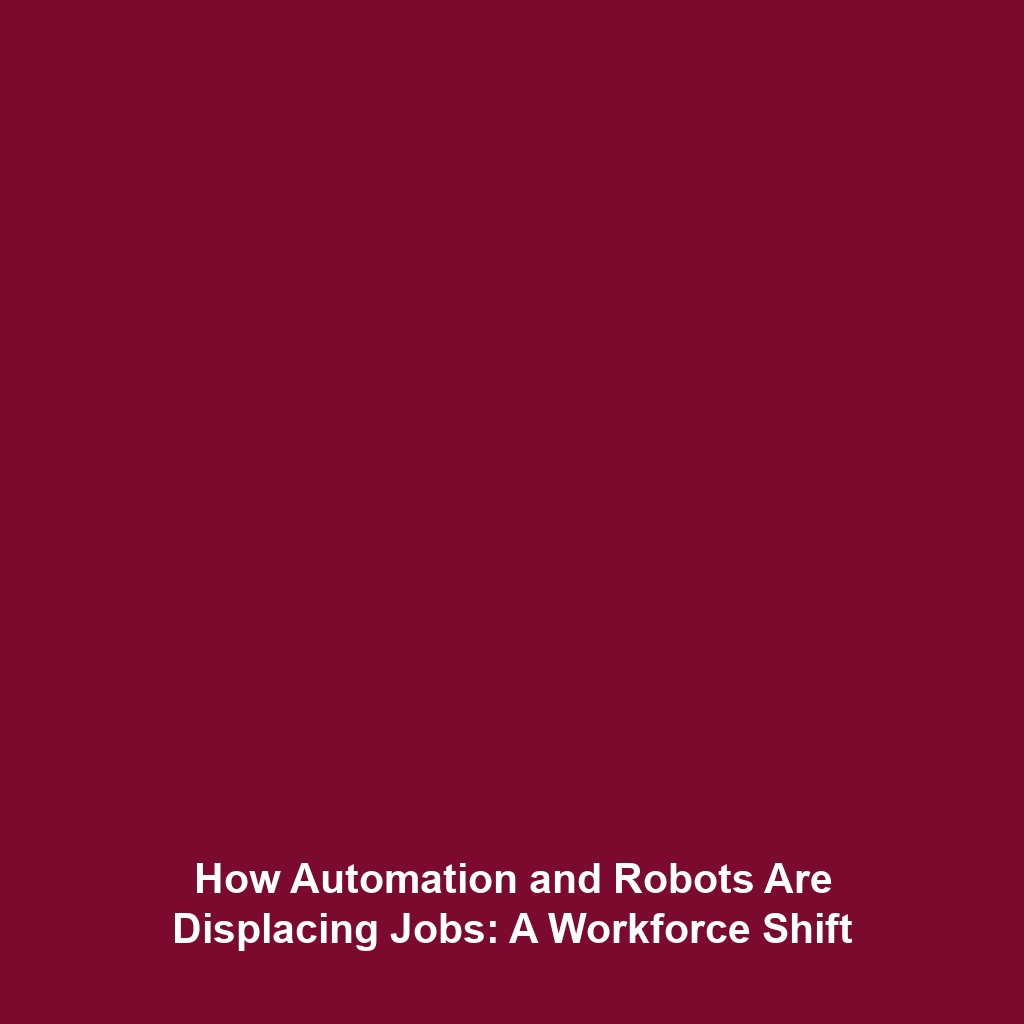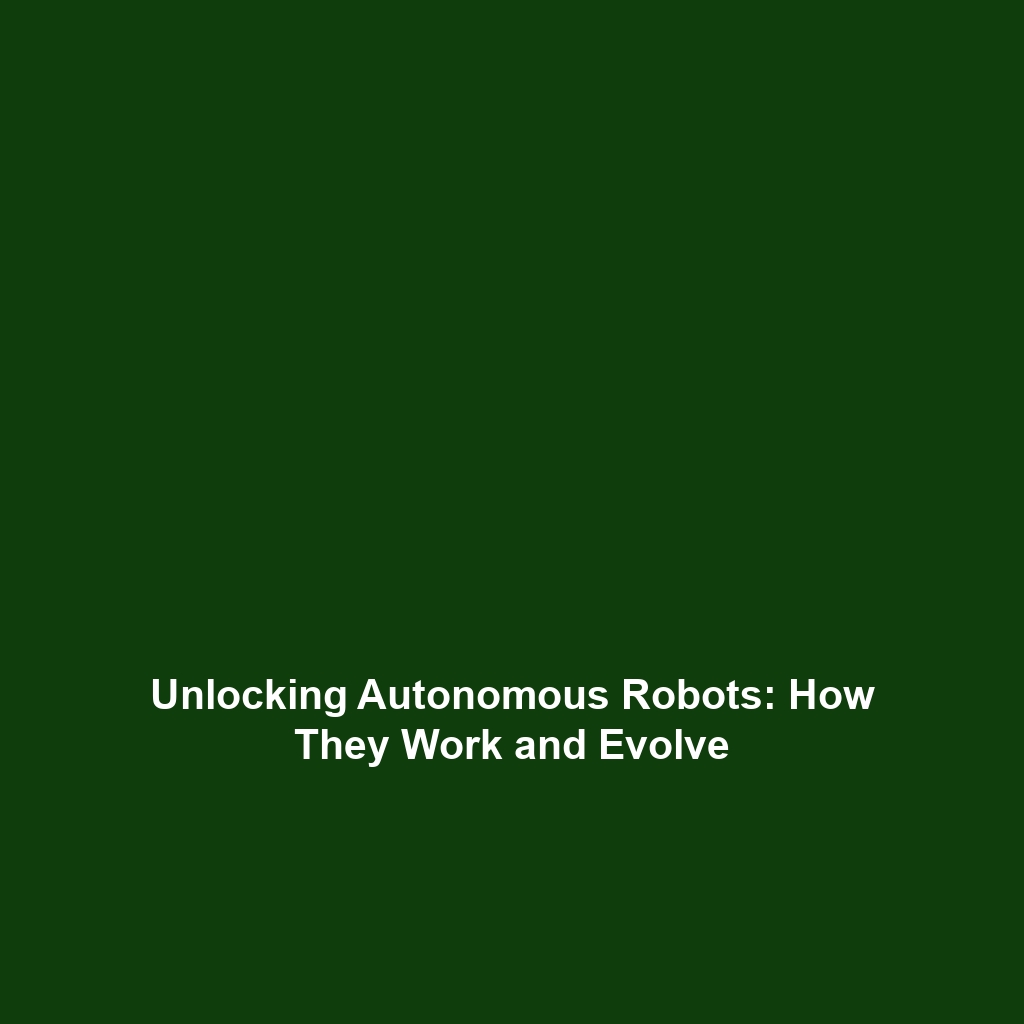Early Humanoid Robots: From Early Automatons to Modern-Day Humanoid Robots
Humanoid robots have captured the imagination of scientists, engineers, and the general public alike. Their journey, from primitive automatons to sophisticated robots, signals significant advancements in robotics and artificial intelligence. Understanding the history and development of early humanoid robots not only shines a light on technological progress but also emphasizes their growing importance in various fields such as healthcare, education, and entertainment.
The Evolution of Humanoid Robots
Early humanoid robots can be traced back to ancient civilizations, where mechanical figures were designed to mimic human actions. These early automatons, though rudimentary, laid the groundwork for modern robotics. The key concepts and principles associated with these devices include:
- Automation: The use of machines to perform tasks that were traditionally done by humans.
- Artificial Intelligence: The capability of a machine to imitate intelligent human behavior.
- Bipedalism: The design principle that enables robots to walk on two legs, mirroring human locomotion.
Applications and Real-World Uses
Understanding how early humanoid robots are used in the category of Humanoid Robots reveals their significance in contemporary society. Notable applications include:
- Healthcare: Robots like ASIMO assist with patient mobility and rehabilitation.
- Education: Humanoid robots such as NAO are employed in classrooms to engage students in STEM learning.
- Entertainment: Robotics has produced life-like characters used in theme parks and films.
Current Challenges
Despite the advancements, there are several challenges in studying or applying early humanoid robots within the broader scope of Humanoid Robots:
- Lack of advanced sensory feedback systems limits interaction with humans.
- High costs of development and production hinder widespread adoption.
- Ethical concerns regarding the employment of robots versus human jobs.
Future Research and Innovations
As we look into the future, research is underway to tackle the limitations of early humanoid robots. Innovations include:
- Next-Gen AI: Developing algorithms that allow robots to learn from their environments.
- Enhanced Mobility: Creating bipedal robots that can navigate complex terrains.
- Emotional Intelligence: Equipping robots with the ability to recognize and respond to human emotions effectively.
Conclusion
The journey of early humanoid robots from automatons to the sophisticated machines of today marks a pivotal moment in the evolution of technology. Understanding this evolution not only highlights significant historical milestones but also points to a promising future where humanoid robots could play vital roles across various sectors. To learn more about the latest innovations in robotics, consider exploring related articles on future robots and robot applications.








